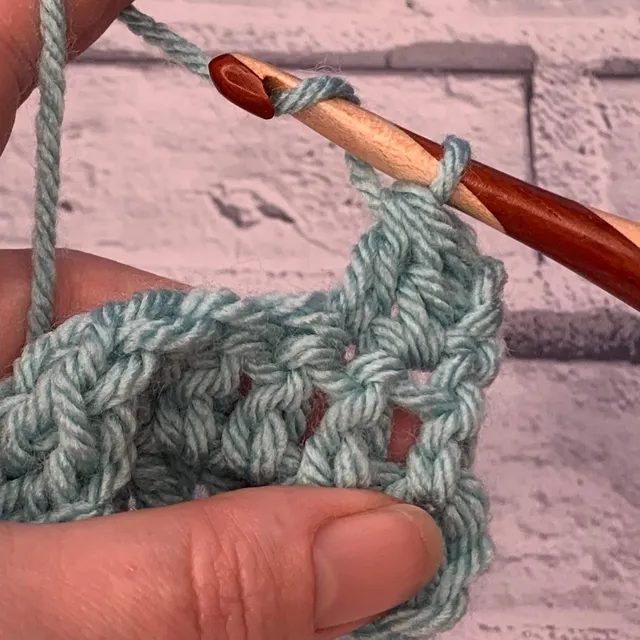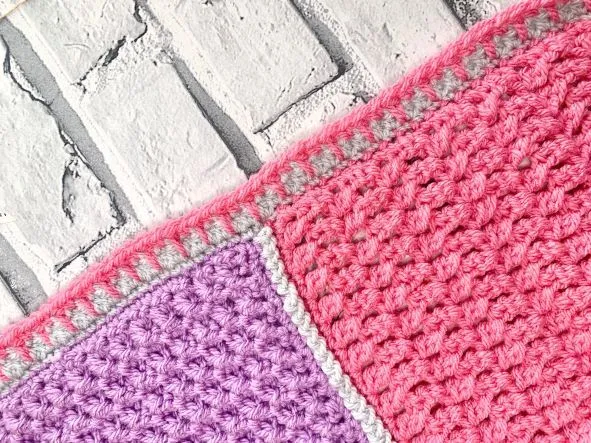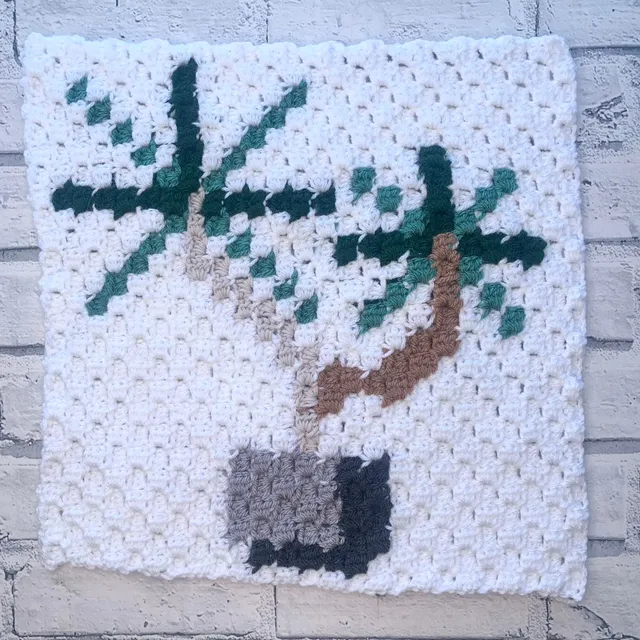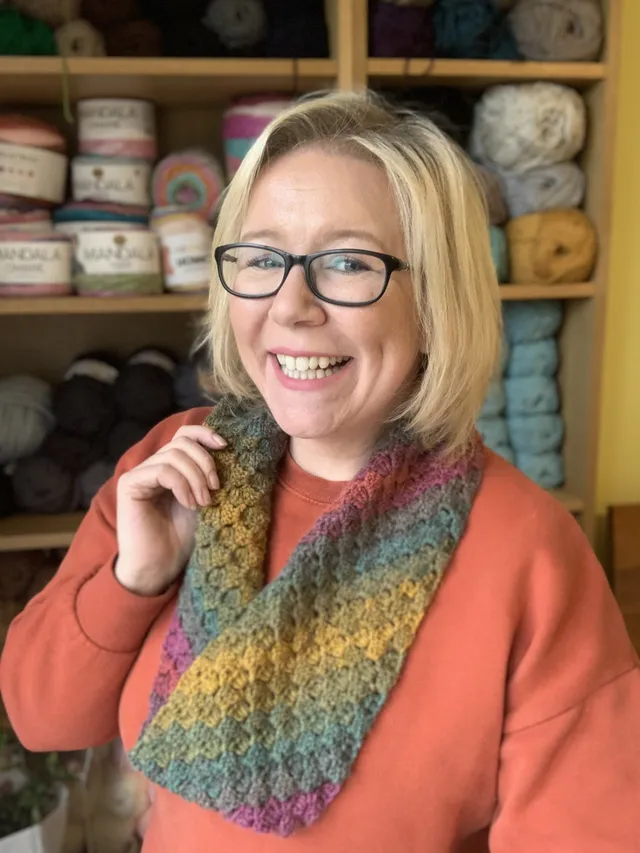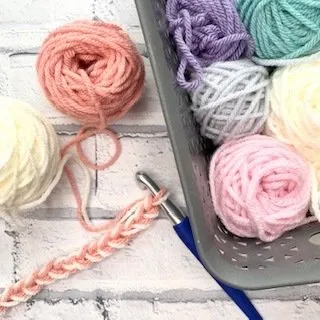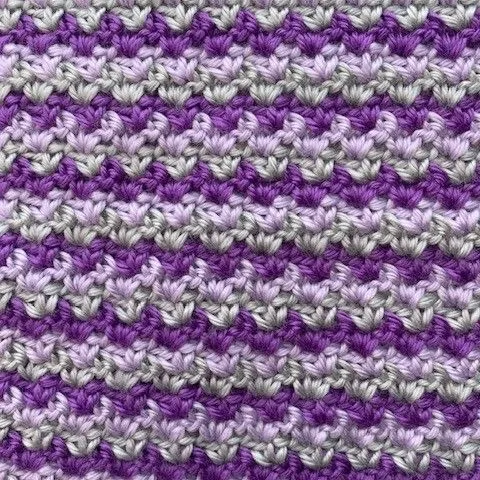When and How to Block Crochet Projects
Find out exactly what it means to block your crochet projects and what this technique actually does to your yarn; whether you want to know how to block acrylic yarn, wool and other animal fibres or cotton or simply when you should block your project, before you weave in the the ends or not.
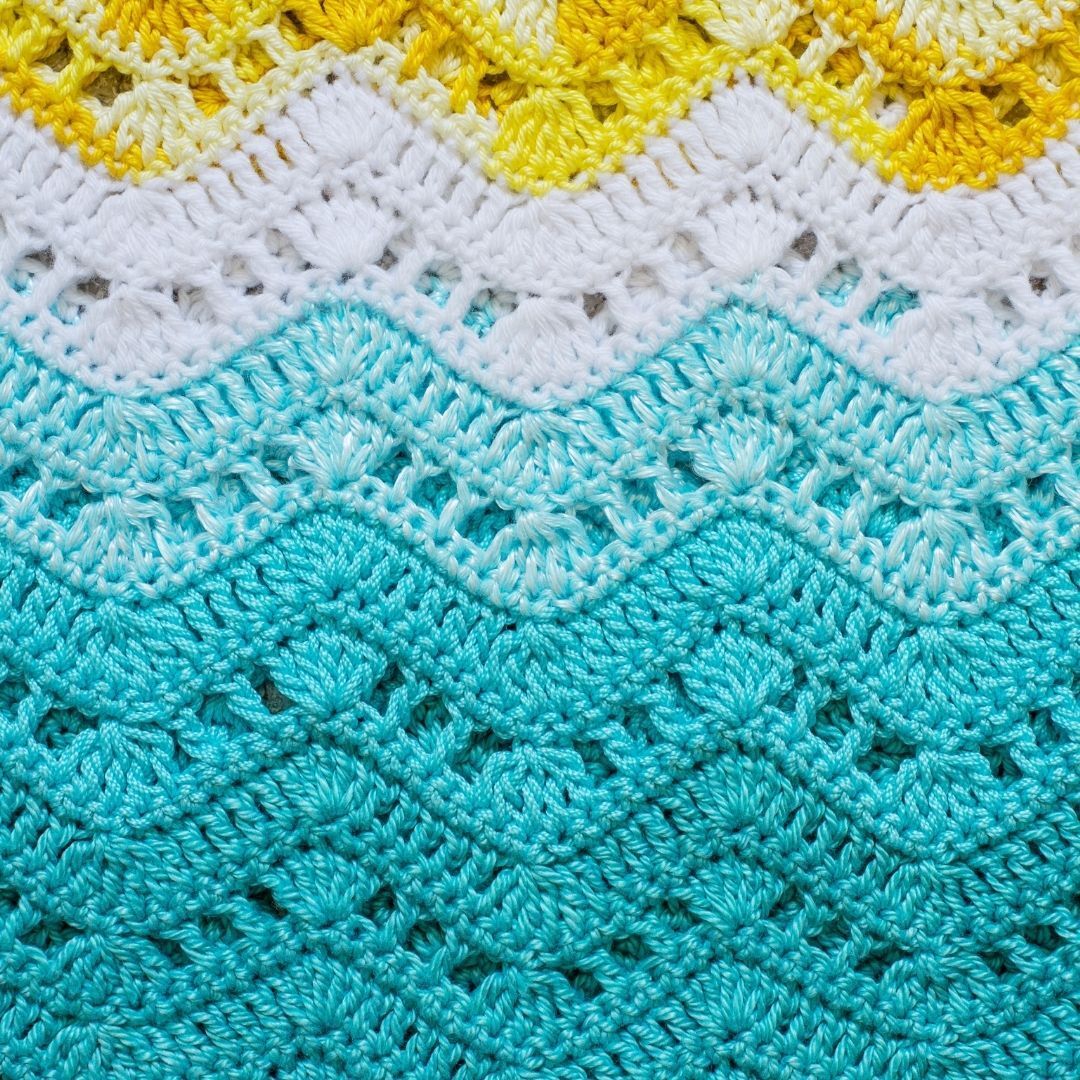
When & How to Block your Crochet Projects | Learn to Crochet
This area of crochet is one that seems to be whispered like a secret that people are scared to share. This could be that people have avoided blocking their crochet projects and don’t want to admit it or they do what’s worked for them in the past when blocking their projects.
Which ever camp you’re in, this post will give you all knowledge you need to ensure that you know how important blocking is make sure your crochet projects are finished to perfection, with your stitches and edges looking amazing, with even tension and the best stitch definition you’ve ever seen.
Please note that some of the links in my blog are affiliate links. I may earn a small commission if you purchase via this links, but the price you pay is not affected
What does it mean to block your crochet project?
To block your crochet projects simply means that water is used to hold shape in your crochet fabric.
The most common reasons to block a crochet project are:
- To correct curled crochet projects (read more about how to stop your crochet curling)
- Increase stitch definition
- Ensure evenness in crochet stitches
- Increase stitch definition in lacy patterns
- Block a project to size – to increase the size of a project to match the sizes given in a crochet pattern
- Increase drape in a finished project by relaxing the stitches
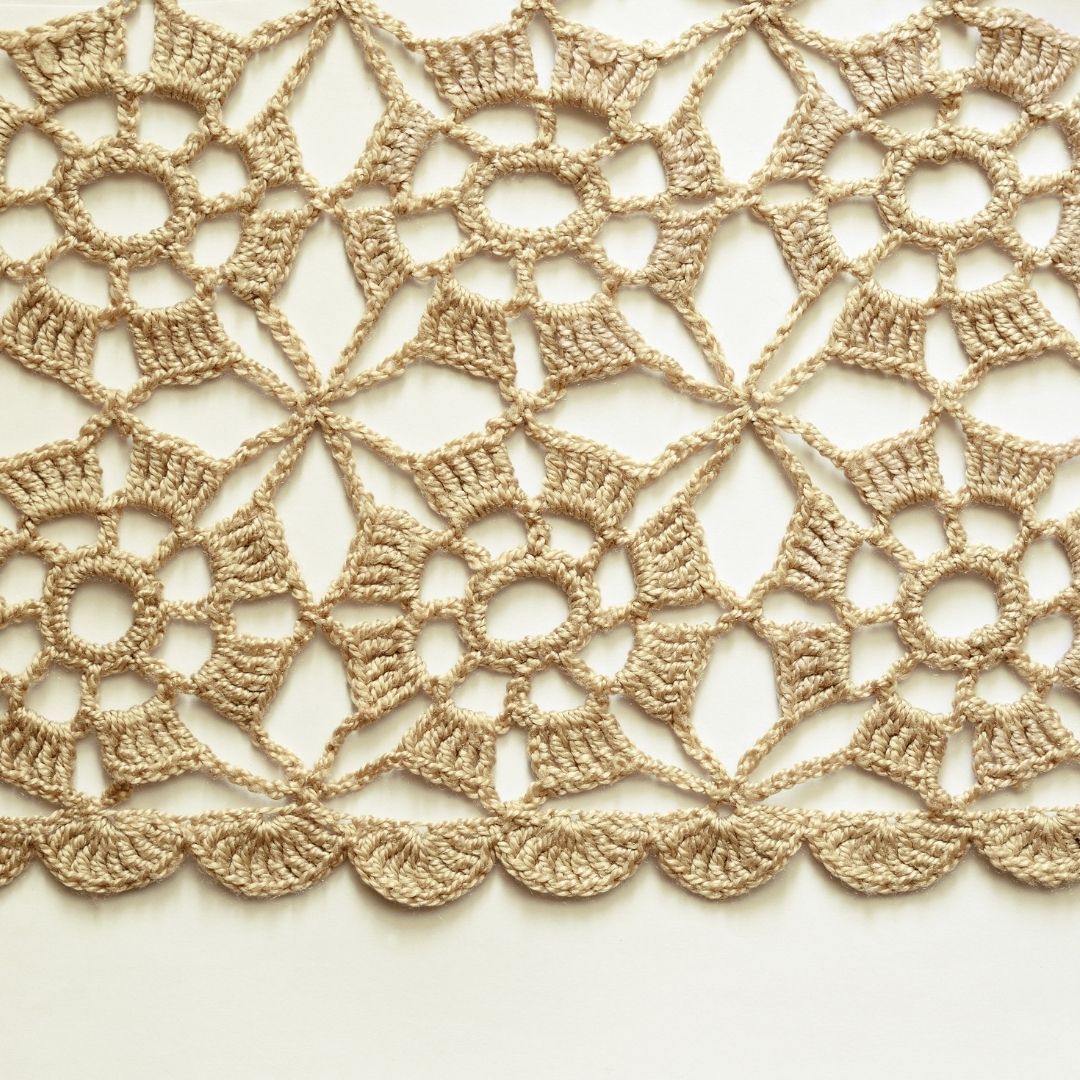
Should all crochet projects be blocked?
You’ll be happy to know that not all crochet projects need to be blocked, it depends on the project you’re making, and the yarn being used to make it.
A great example of this is Amigurumi projects; all those pieces are likely to be stuffed to shape and sewn together to create the finished shape.
Other examples of projects that are unlikely to be blocked are some accessories and homewares. I’ll always block a coaster to ensure it’s flat but a teapot cosy will fit around and be shaped by the teapot. I will block a scarf (and steam the fringe) but a beanie will be shaped around the head.
Here are some projects that will always benefit from blocking:
- Projects with open or lace stitches
- Crochet Garments and wearables
- Shawls and scarves
- Square for blankets
- Projects with a defined shape such as blankets and wall hangings
Most projects will have a better finish if they are blocked, even with just a light steam to loosen the stitches and improve an even tension.
Should you Block Granny Squares before Joining?
I am highlighting this common question about blocking crochet squares as it’s a project that many people skip the blocking process on.
Yes, granny squares should always be blocked before joining. Don’t wait until you have joined all your squares – it’s easier to block them all to the same size before joining.
Granny squares are the most commonly made crochet project, and there is nothing better, in my humble opinion than a granny square blanket. Equally, there is nothing worse than joining your square to find they are different sizes, or that the edges are not straight.
When should you block a crochet project?
Another common question that is asked is when should you block your crochet project; Before or after weaving in your ends?
It’s recommended that you block your project before weaving in the final ends.
This allows for the ends to be sewn in to the project with the stitches in place. If the ends of the project have already been hidden, they could get in the way of your blocking by causing tightness around the stitches where they are buried.
How to Block your Crochet Project
As mentioned above, blocking a crochet project is using water to shape your crochet project – how we make the crochet project wet determines the type of blocking.
There are 3 types of crochet blocking:
- Wet blocking
- Spray blocking
- Steam Blocking
Each of the 3 types use water to wet the fabric, you then simply pin the project to shape and allow to dry.
Click here to read exactly how to block with each of the 3 Types of Crochet Blocking.

Which type of blocking for different yarn Fibres?
Different yarn fibres will need different ways to be blocked as they respond to the 3 ways to block differently.
Always read your yarn label as this will indicate the way the yarn should be handled including handwashing and water temperature.
How to Block Acrylic crochet projects
Acrylic yarn is a manmade fibre and is resistant to water so soaking will not work on this type of project.
Acrylic yarn can be blocked using steam but do not apply direct heat to your project as this will flatten your stitches.
Using a steam iron or garment steamer held at least 1 inch away from the project is best.
How to Block Wool crochet projects
Wool and animal fibres will work well with all types of blocking technique, but remember to soak using cool water and not to rub (agitate) to avoid felting your projects.
It’s important to note that wool will absorb a lot of water when soaked and can take a while to dry properly.
Water itself does not cause wool to shrink, in fact it causes it to expand slightly. When heat is used to dry the wool, this is what causes wool to shrink
How to block Cotton crochet projects
Cotton is a very hardy natural fibre that can take a lot of hard uses. Much like wool, it absorbs water like it’s never had a drink before but wet blocking is the best way to show your stitches off in your cotton projects.
Remember to double check that yarn composition when blocking cotton as it is increasingly popular to blend cotton with other fibres for more eco-friendly yarns.
Cotton/bamboo blends can be treated like 100% cotton and wet blocked, but cotton/acrylic blends will be blocked better using steam or spray.
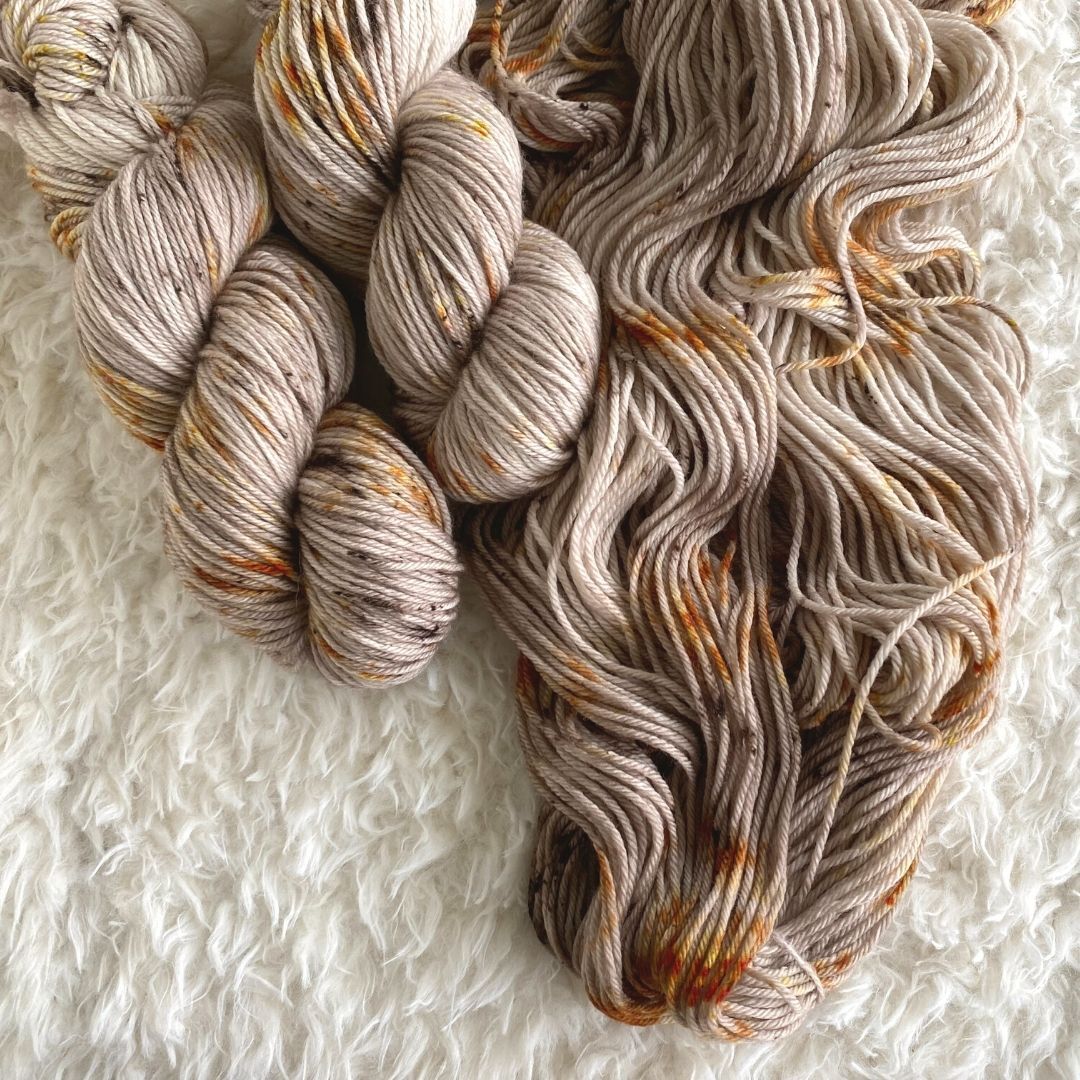
Is blocking permanent?
Unfortunately, the only time blocking is permanent, is when you use heat on acrylic yarn. This is why even purchased garments advise us to “dry flat, reshape while damp”.
Some projects will require lightly blocking once washed – washing is a form of soaking so it can be like starting the blocking process again and dry flat, reshaping while damp – hmmm, we’ve seen that somewhere before!
However, this will not be the case with all crochet projects. Yes, your lacy shawl will need to be pinned out again to shape, but how often will you really be washing it?
Some yarns retain a stitch memory, where even after washing, minimal blocking will be needed to retain the shape. A gentle stretch or simply laying the project flat to dry will be enough.
Once you’ve washed the project, it’s worth taking the time to dry it properly, re-blocking as required to keep it looking its best.
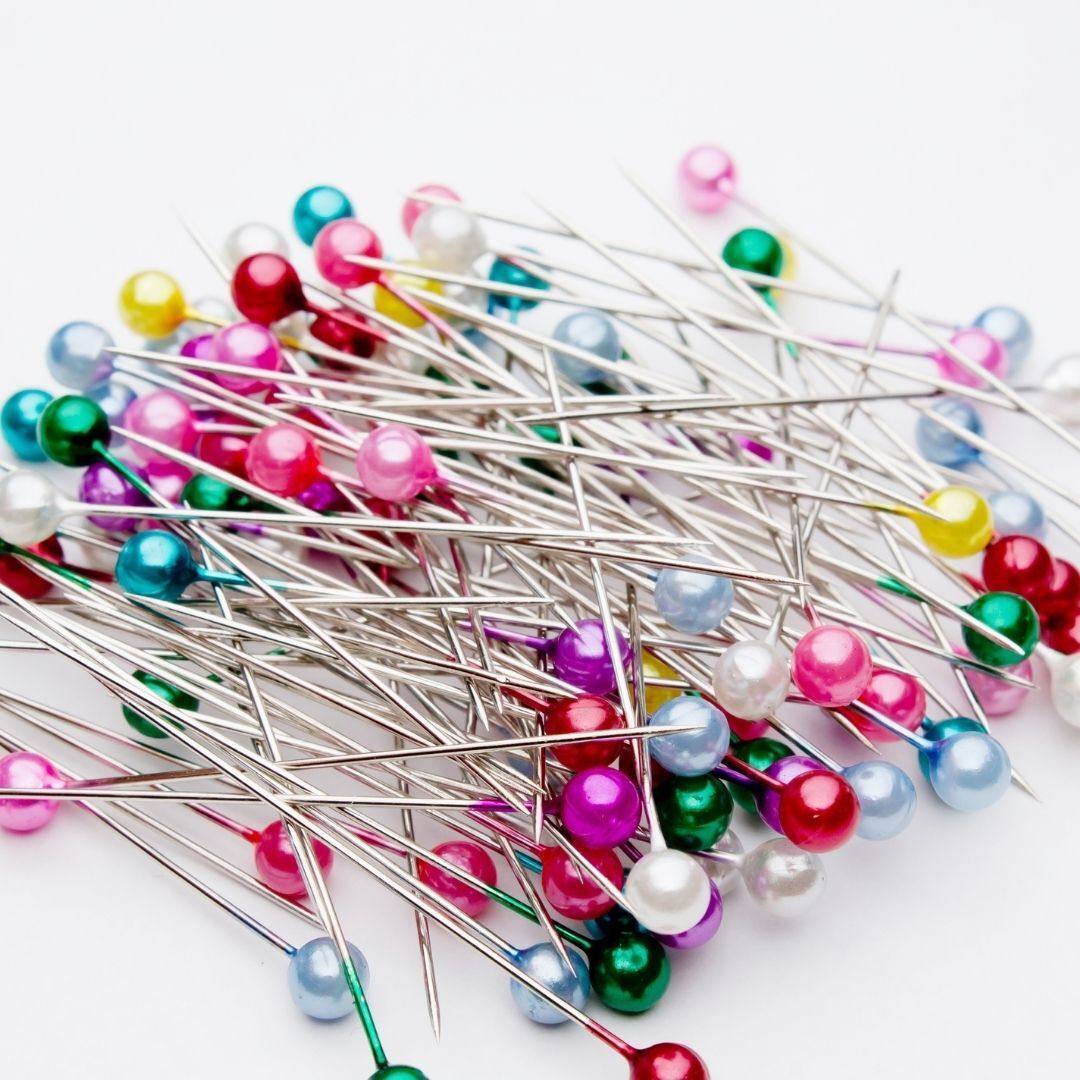
Materials Required to block your crochet projects
There is no need to splash out on expensive items to block your crochet projects, a sink, a steam iron and a few rust proof dress-making pins and you’ve got everything you need.
There are items out there that can make the process much easier and quicker depending on the type of crochet blocking you are using. 3 ways to block your crochet projects
*This pattern and its images are copyright protected and the sole property of Fiona Field/Cosy Rosie UK 2020. Please do not redistribute, transfer, sell the pattern, or alter it to claim as your own. *
